Understanding and fixing issues common in the 2010-2012 Lexus RX350
When it comes to luxury SUVs, the Lexus RX350, a product of the renowned Japanese automaker, stands out due to its optimal comfort, exceptional performance, and state-of-the-art features.
However, like any other vehicle, the Lexus RX350 SUVs are not without their share of problems, but we’re turning our attention today on the 2010-2012 models. In this comprehensive guide, we will delve into the 15 most common issues these models encounter and provide effective solutions to get your vehicle back on the road in no time.
Even if many of the fixes involves enlisting the services of a trained technician, this article – at least – ensures you know what you’re dealing with, what to expect, and what needs to be done. Let’s roll.
Related Reading: 13 Reasons Why You Should Steer Clear Of The 2017 Mazda CX-3
1. Lexus RX350 Common Problems: Faulty Water Pump
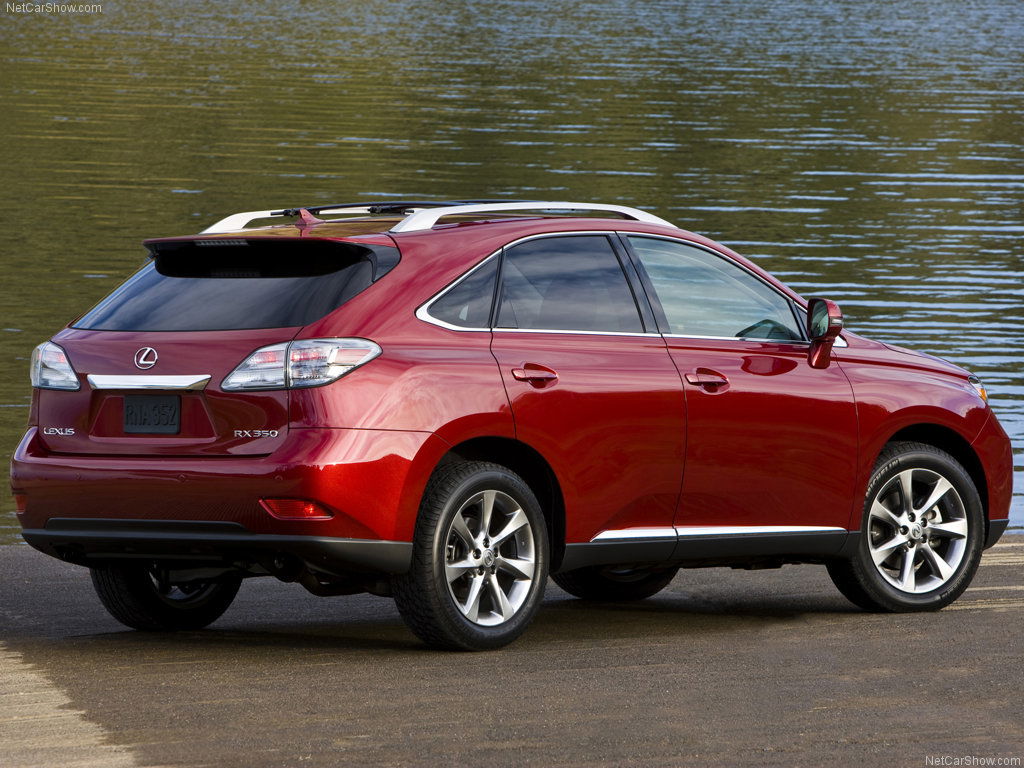
This is a prominent issue with the RX350: a defective water pump, often leading to overheating. A common fix is replacing the water pump and ensuring the coolant is adequately filled.
When it comes to the faulty water pump, signs to look out for include coolant leaks, an overheating engine, or a high-pitched noise from the front of the motor. It's crucial to address this issue promptly to prevent severe engine damage. Unfortunately, replacing the water pump is a job best left to professionals due to its complexity.
2. Lexus RX350 Common Problems: Brake Actuator Failure
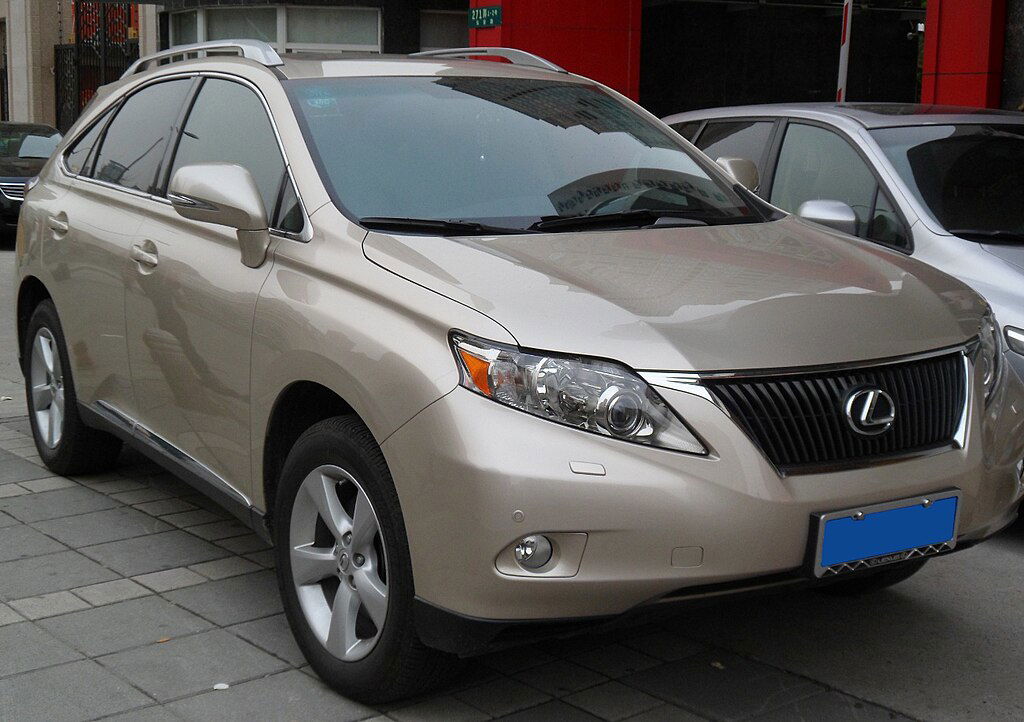
Some owners have reported a malfunctioning brake actuator. This can cause a variety of brake issues such as noise, decreased brake performance, and warning lights. The best solution is to replace the brake actuator with a new one.
Like a faulty water pump issue discussed above, fixing the issue of failing brake actuator is also best left to experienced hands. So, if your RX350 exhibits these symptoms, consider seeking immediate professional help. The brake actuator assembly should be replaced to ensure optimal safety.
3. Lexus RX350 Common Problems: Failed Oxygen Sensors
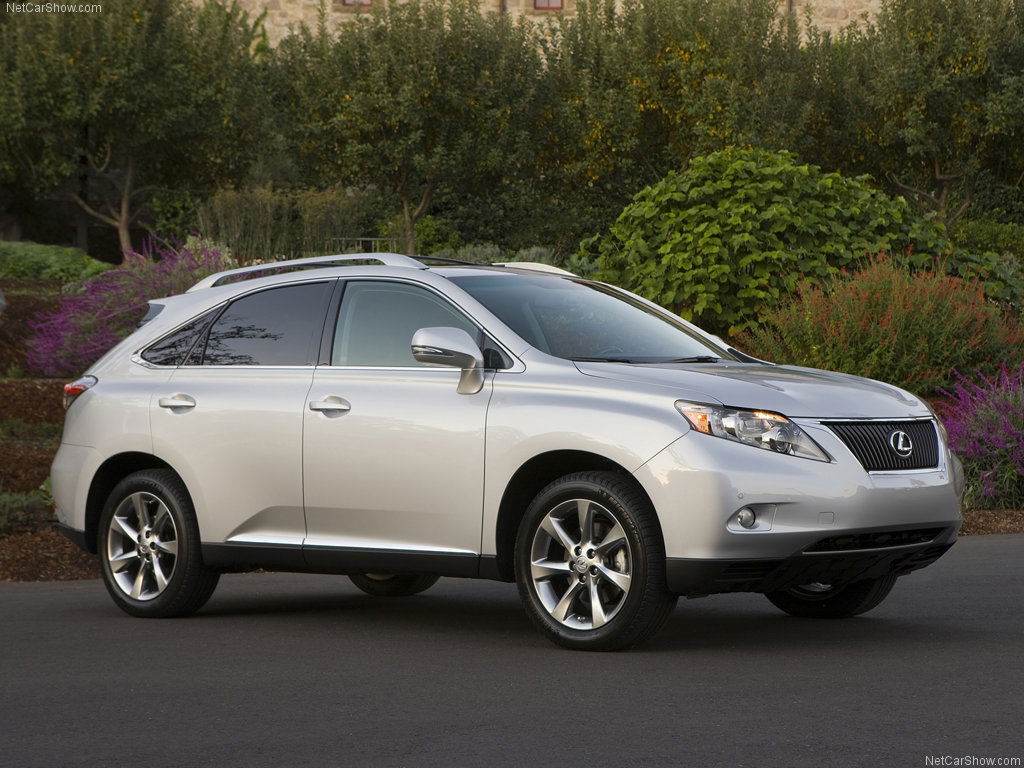
Faulty oxygen sensors are a recurring problem in the 2010-2012 Lexus RX350, leading to poor fuel efficiency and engine performance. Replacing these sensors is the best way to resolve this issue.
You see, when it comes to the oxygen sensors, you should know that the car’s computer uses these sensors to regulate the air-fuel mixture, so malfunctioning sensors can cause significant problems. Replacing the faulty sensors should resolve the issue, but it's best to have a professional perform this task.
4. Lexus RX350 Common Problems: Transmission Shudder
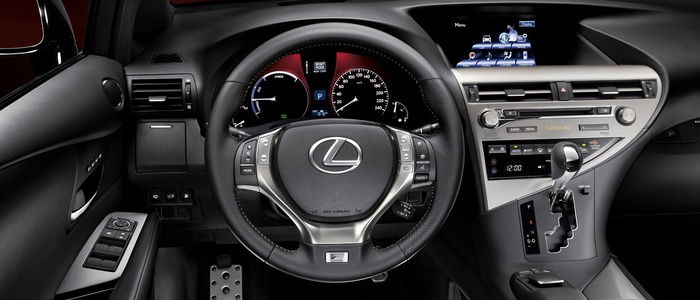
Drivers frequently report a shudder or jerk while driving at low speeds. A transmission fluid flush and replacement often rectify the problem. You see, the issue is usually due to the transmission fluid degrading over time, causing the transmission to behave erratically.
Thankfully, a transmission fluid change is often all it takes to solve this problem. We still recommend having this done by a trained mechanic, unless you’re an experienced hand, of course.
5. Lexus RX350 Common Problem: Excessive Oil Consumption

This model's engine sometimes consumes excessive oil. Regular servicing, using high-quality engine oil, and possibly performing an engine rebuild are potential solutions. Sadly, the 2010-2012 Lexus RX350's engine is known to suffer from excessive oil consumption, which can lead to serious engine damage if not addressed.
Regular servicing and using quality engine oil can help mitigate the problem. If, as in some cases, an engine rebuild is the necessary path to making peace, you should know that this is a complex job and should be performed by a qualified mechanic.
6. Lexus RX350 Common Problems: Failed Inverter Pump
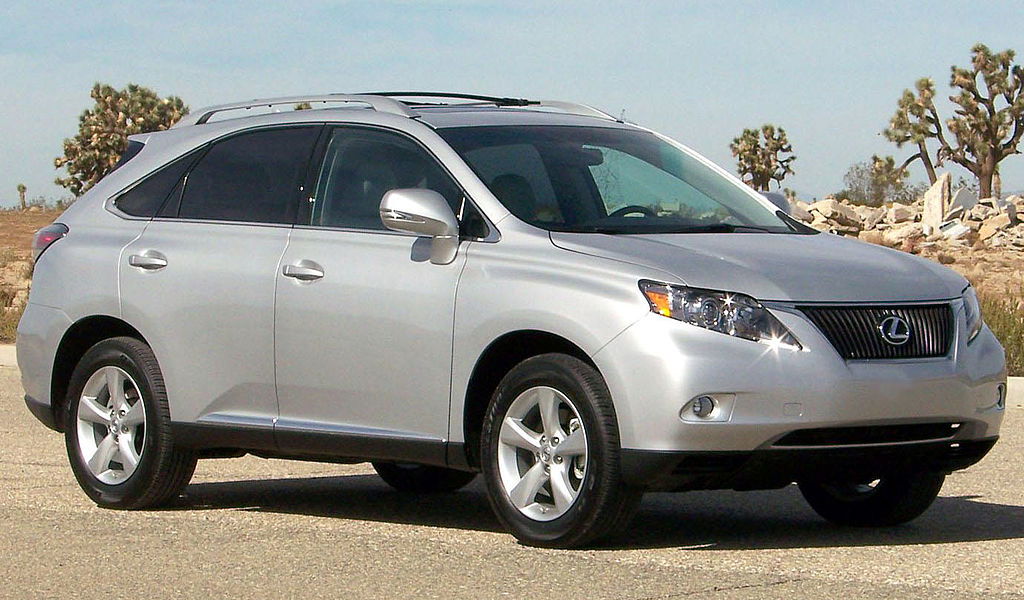
The inverter pump can fail, leading to a 'Check Hybrid System' warning. Replacing the pump is the most effective solution. The issue of a failed inverter pump was observed in hybrid vehicles, including some Lexus models.
The inverter pump is a vital component in hybrids that helps regulate the high-voltage inverter system’s temperature, which is responsible for converting the battery's DC voltage to AC voltage for the electric drive system. So, over time, the inverter pump could experience failures, leading to problems such as overheating of the inverter system.
This issue could trigger warning lights on the dashboard and potentially cause the vehicle to enter a reduced-power mode or even stall. Now, replacing the pump is the sure-banker solution but first have the vehicle inspected by a qualified technician to diagnose the issue accurately. This is crucial.
If a failed inverter pump is confirmed, you can then replace the faulty pump with a new or updated version. Timely repair is important to prevent further damage to the inverter system, maintain the hybrid vehicle's performance, and ensure safe operation.
7. Lexus RX350 Common Problems: Steering Knuckle Noise

A creaking or knocking noise from the steering knuckle is a common issue faced by some vehicles, including the Lexus RX 350. Lubricating or replacing the steering knuckle typically solves the problem.
You see, the steering knuckle is a key component that connects the wheel and suspension to the vehicle's steering system. In some instances, particularly in older models or those with high mileage, the steering knuckle could develop noise issues.
This might manifest as clicking, popping, or grinding sounds when turning the steering wheel. The noise could be due to worn or damaged components within the steering knuckle assembly, such as bearings, bushings, or seals.
Now, depending on the severity of the problem, potential solutions include lubricating of the components, replacing worn parts within the steering knuckle assembly, or even replacing the entire steering knuckle altogether.
If you thought you could live with the noise, we hate to remind you that prolonged driving with a faulty steering knuckle could lead to further damage to the steering system, compromised handling, and potential safety concerns on the road.
8. Lexus RX350 Common Problems: Malfunctioning Navigation System
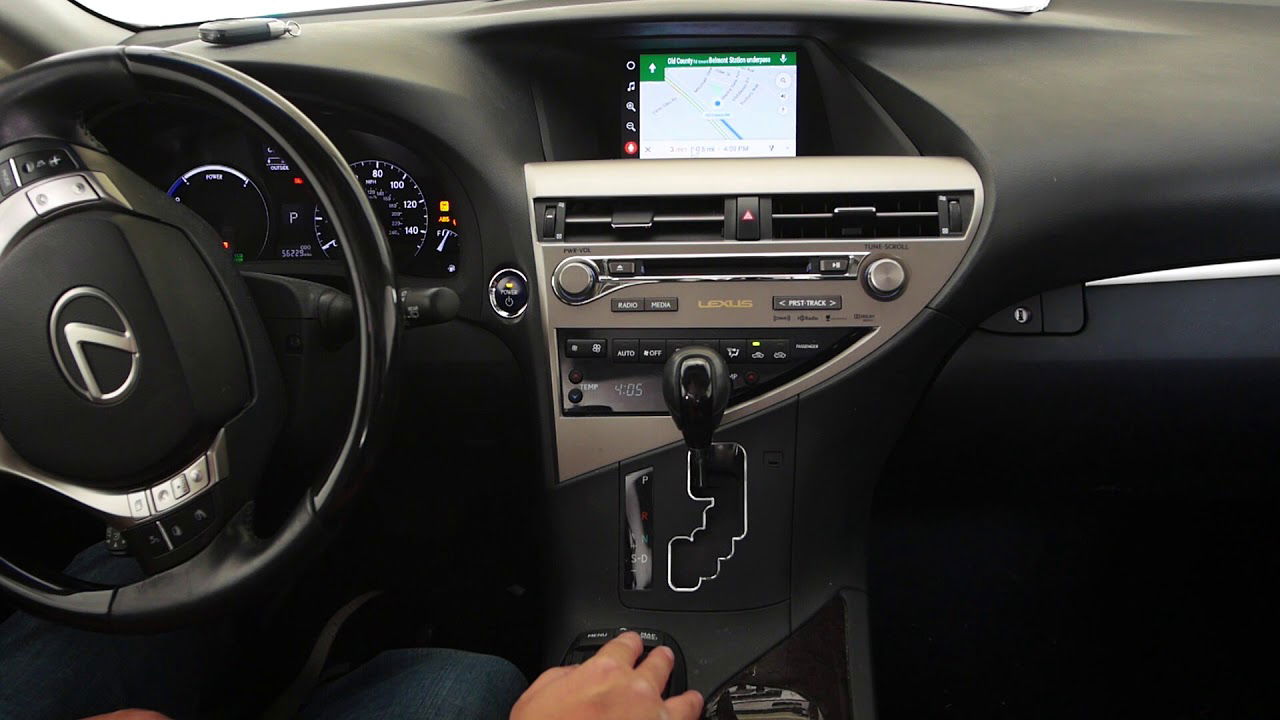
RX350 owners have reported problems with the navigation system freezing or not working correctly. A system update or replacement can rectify this. The navigation system provides drivers with accurate directions and maps for navigation purposes.
Malfunctions could arise due to software glitches, hardware issues, outdated maps, or connectivity problems. Symptoms of a malfunctioning navigation system might include frozen screens, incorrect directions, failure to locate the vehicle's position accurately, or an inability to establish a GPS connection.
To fix the problem, drivers could attempt resetting the system by turning the vehicle off and then on again. If the issue persisted, we recommend checking for software updates provided by the manufacturer. Outdated software could be a common cause of malfunctions.
In some cases, a factory reset might be necessary to address software glitches.
If these measures fail to resolve the problem, your next port of call would be the dealership or a professional automotive technician. They should be able to diagnose the issue more accurately and perform any necessary repairs or replacements, which might involve updating the software, replacing components, or addressing connectivity problems to restore the system’s functionality.
Related Reading: 11 Common Honda Sensing Problems and How to Fix Them: A Comprehensive Guide
9. Lexus RX350 Common Problems: Dashboard Melting Or Becoming Sticky
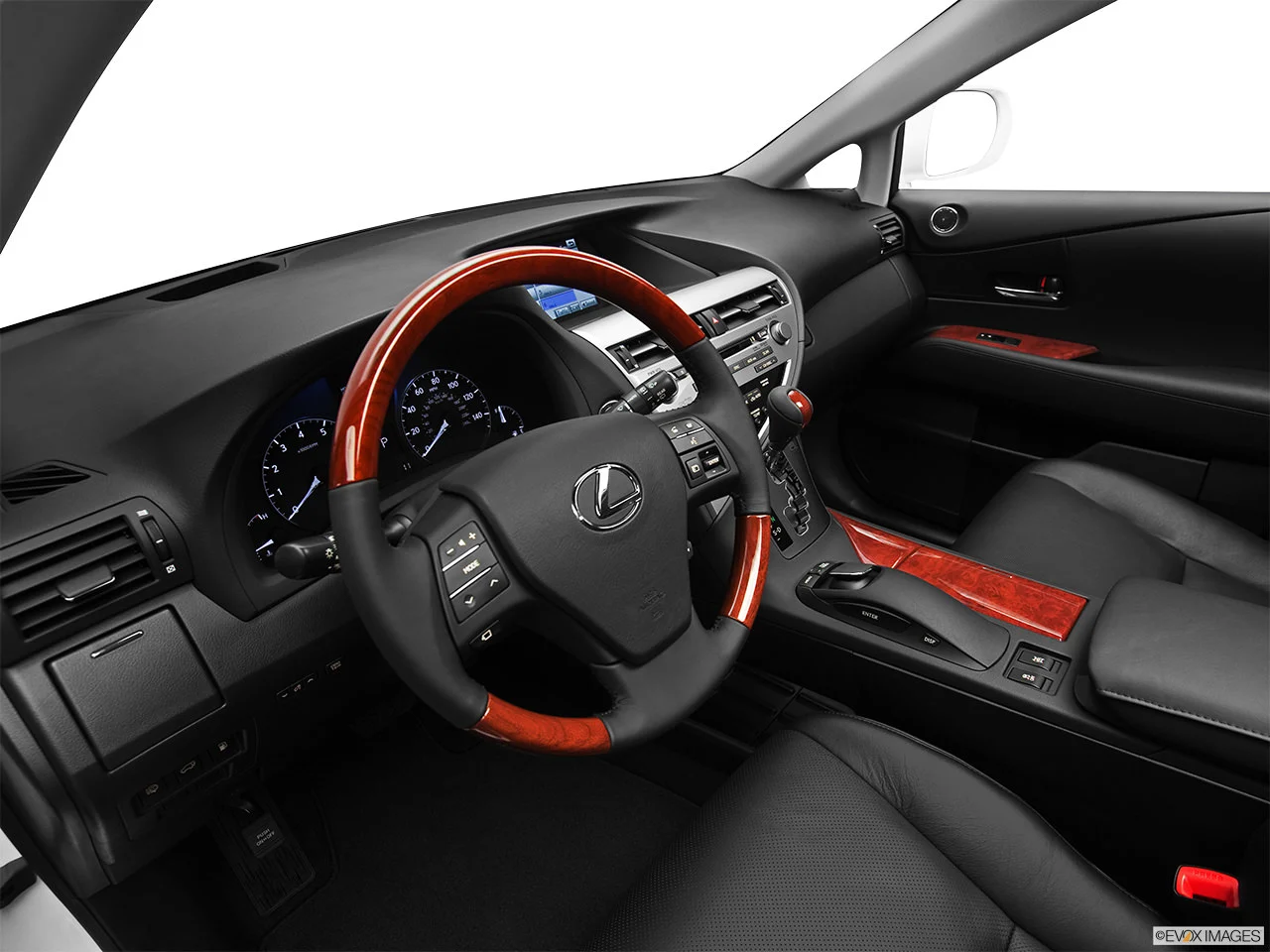
It pisses off most of us that, in hot climates, the RX350’s dashboard may become sticky or melt. Unfortunately, if this happens, replacing the dashboard or applying a dashboard cover are potential solutions, none of which we’re cool with. It pisses us off because this problem was often attributed to the materials used in the dashboard's construction.
You may never have to deal with this, but drivers in regions with high temperatures or prolonged sun exposure may not be so lucky. If you think we’re overreacting, consider that this issue not only caused discomfort for drivers and passengers but also raised concerns about potential glare on the windshield, which could compromise visibility and safety.
To forestall the issue of melting or degrading dashboard surfaces, we recommend preventive measures such as using sunshades or parking in shaded areas to reduce heat exposure.
To deal with existing damage, cleaning the affected area with a mild, non-abrasive cleaner might help some. Some vehicle owners resorted to using dashboard covers or applying specialized products designed to restore the dashboard's appearance.
In more severe cases, where the melting was extensive, replacing the entire dashboard might be considered, although this could be a costly option.
10. Lexus RX350 Common Problems: Failed Ignition Coils
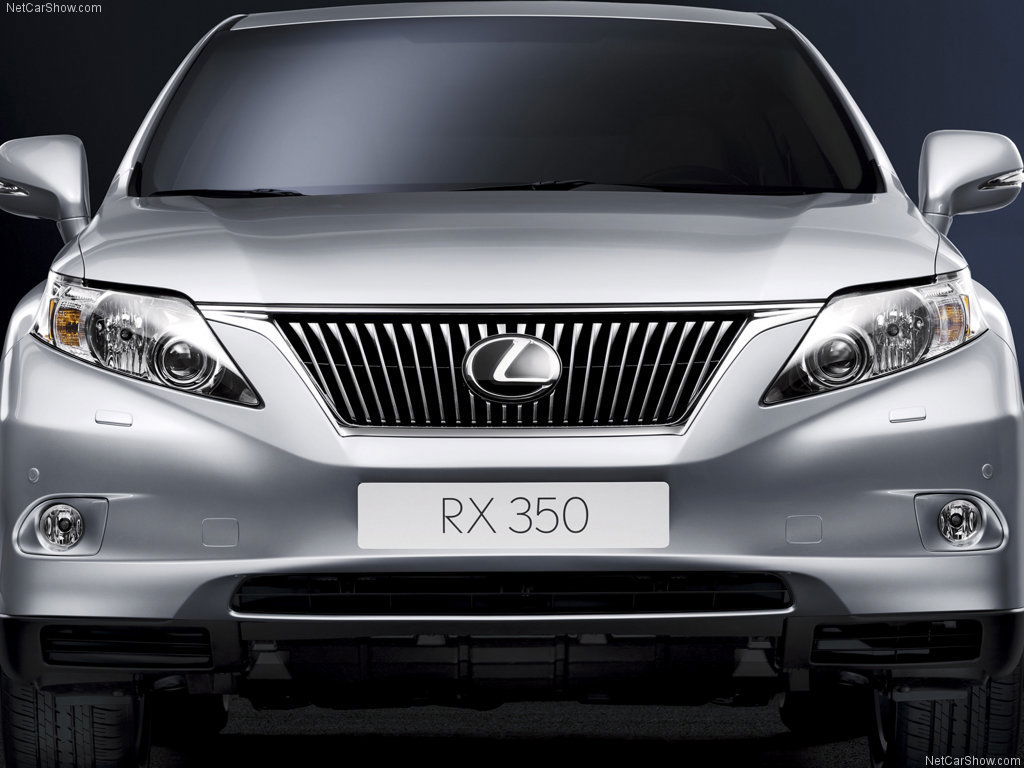
Rough idling, misfiring, and reduced fuel efficiency can be due to ignition coil failure. You may even get the dreaded “Check Engine” warning light on the dashboard. Replacing the faulty ignition coil(s) is the recommended fix. This issue affects many vehicles across makes and models.
Ignition coils are essential components in the ignition system responsible for converting the battery's low voltage into the high voltage needed to create a spark in the spark plugs. However, over time, ignition coils could fail due to normal wear and tear, heat, electrical problems, or manufacturing defects.
If you see that "Check Engine" light pop up on your dash, use an OBD-II scanner to retrieve the specific diagnostic trouble codes (DTCs) associated with the issue. Identifying which cylinder's ignition coil had failed could help target the problem accurately.
The next step would be to replace the faulty ignition coil with a new, high-quality part. Many vehicles, including the RX350, have individual ignition coils for each cylinder, allowing for selective replacement if only one coil is malfunctioning.
The average replacement cost for ignition coils is around $400. Note that ignition coils could also fail due to secondary causes like spark plug issues or poor electrical connections, so it’s important to address those factors as well.
11. Lexus RX350 Common Problems: Worn Out Struts
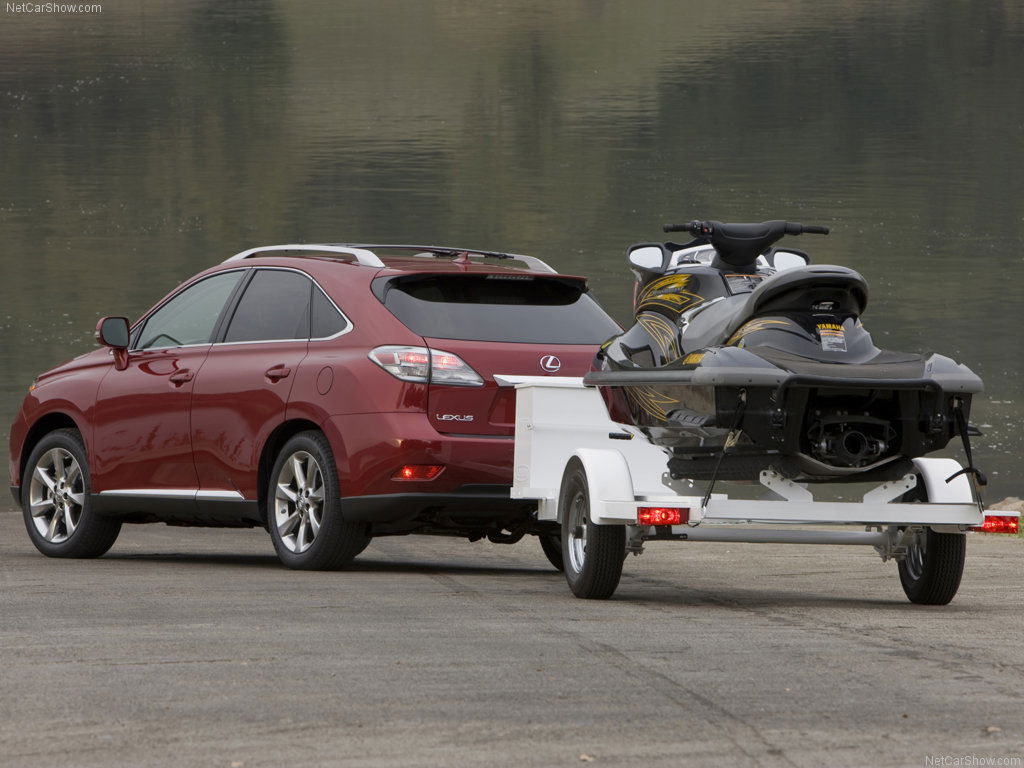
Noisy or bumpy rides could be a sign of worn-out struts. It is a common concern in the 2010-2012 Lexus RX 350, as well as in other vehicles. Struts are essential components of the suspension system that help absorb shocks and provide stability while driving.
So, it makes sense that factors like driving conditions, road quality, and mileage, could cause the struts to lose their effectiveness to wear over time. Symptoms of worn-out struts include uneven tire wear, a bouncy or uncomfortable ride, increased body roll during turns, and diminished handling performance.
We recommend having the affected vehicle inspected by a trained eye to assess the condition of the struts. If worn-out struts were confirmed, replacing them with new, high-quality struts is the most common solution.
In many cases, replacing both the left and right struts on the same axle is expedient to maintain balanced performance. Proper alignment should also be performed after strut replacement to ensure optimal tire wear and handling.
12. Lexus RX350 Common Problems: Headlight Condensation
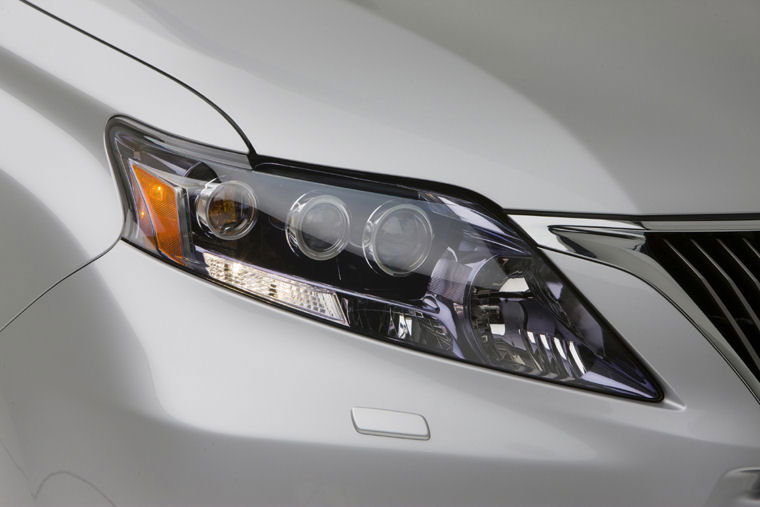
Water or moisture can get into the headlights, causing condensation. We know you hate this because we hate it too. A new headlight assembly or resealing the existing one can fix this problem.
Granted, the Lexus SUV isn’t the only brand or model that suffers from this problem, but the 2010-2012 RX350 seems particularly susceptible to it. This happens when moisture or water vapor accumulates inside the headlight housing to cause a foggy or misty appearance within the headlight lens. This phenomenon can be caused by Mother Nature as well as gaps in the headlight seals.
It’s not just a fashion thing. Condensation inside the headlights not only affects visibility but can also potentially damage the lighting components. Now, what? You could start with checking for any visible cracks or gaps in the headlight seals or housing to determine the source of the condensation.
If you find the seals compromised, sealing them with silicone or replacing them might help prevent further moisture infiltration. For mild cases of condensation, allowing the headlights to dry out naturally by using the vehicle's lights or parking in a warm environment could resolve the issue.
However, for more persistent or severe condensation, it might be necessary to remove the headlight assembly and carefully dry it out. In some cases, headlight restoration kits or professional services could be used to eliminate the condensation and restore the clarity of the headlight lens.
13. Lexus RX350 Common Problems: Fuel Fill Pipe Shutter Valve Issue

Difficulty while refueling is a common issue due to a faulty fuel fill pipe shutter valve. Replacing this valve is the ultimate solution. You see, the fuel fill pipe shutter valve helps control the flow of fuel into the gas tank during refueling. So, factors such as corrosion, debris buildup, or wear, can cause the valve to malfunction.
You’d know you have fuel fill pipe shutter valve issues when you begin to experience difficulty inserting the fuel nozzle during refueling, slow fuel filling, repeated fuel pump shut-offs, and even fuel spillage. To address the problem, first ensure you are using the appropriate fuel nozzle size and inserting it correctly into the fuel inlet.
If the nozzle size is good to go, your next step is to inspect the fuel fill area for any visible damage or debris possibly obstructing the valve. We recommend enlisting the services of a professional if the problem persists or is severe.
They can diagnose the issue more accurately, potentially clean or repair the valve, or replace it if necessary. Don’t ignore fuel fill pipe shutter valve problems not only to ensure efficient refueling but also prevent potential fuel leakage or other safety concerns.
14. Lexus RX350 Common Problems: HVAC Blower Motor Failure
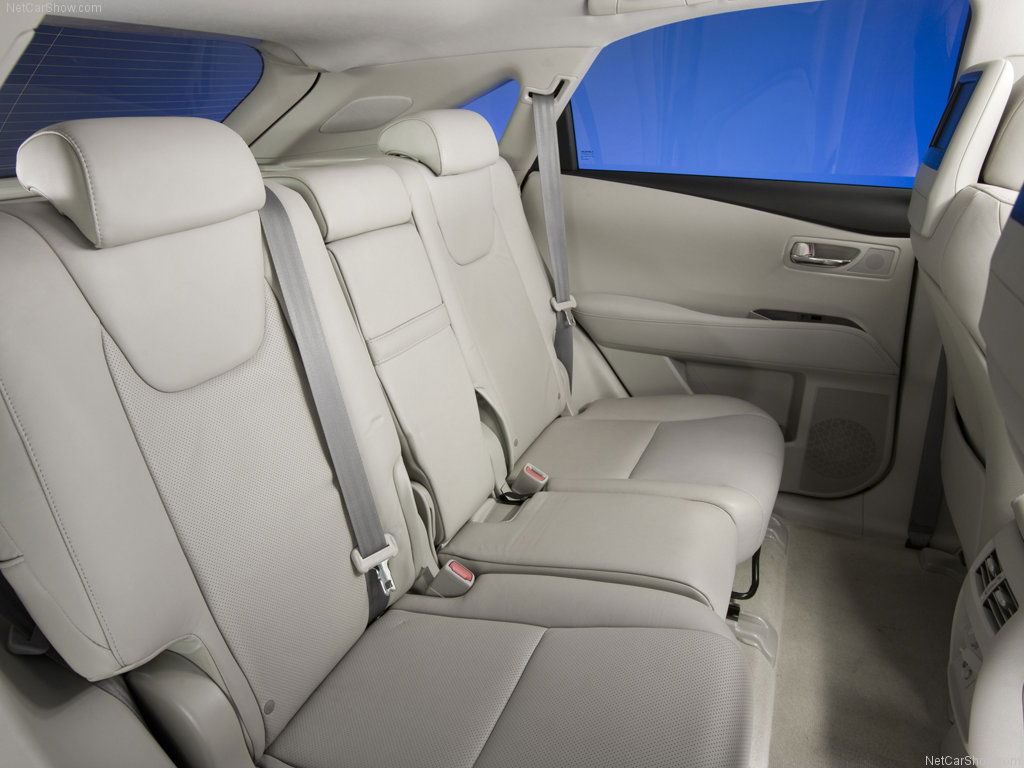
The HVAC blower motor may have failed if the air conditioning or heating isn't working properly. Replacing the blower motor can resolve this issue. HVAC (Heating, Ventilation, and Air Conditioning) blower motor failure affected a range of vehicles, including the Lexus RX 350.
The HVAC blower motor is responsible for pushing air through the heating and cooling system to regulate the interior temperature and provide proper airflow. Over time, factors like wear, electrical problems, or manufacturing defects, could result in the blower motor malfunctioning.
You’d know you’re dealing with HVAC problems from the lack of airflow, weak airflow, unusual noises, or the blower not responding to control adjustments. What would we do if the blower motor stopped working?
We’d check the vehicle's fuses and relays first, as these components could also contribute to the issue. If fuses and relays isn’t the problem, seeking professional assistance from a qualified mechanic or dealership would be the way to go. They could diagnose the issue accurately by testing the blower motor's electrical connections and components.
If the blower motor is indeed faulty, replacing it with a new or high-quality aftermarket part should paid to the matter. We’d prefer not to deal with the matter at all by keeping the cabin air filter clean and free from debris to help prolong the blower motor’s lifespan.
15. Lexus RX350 Common Problems: Power Tailgate Problems
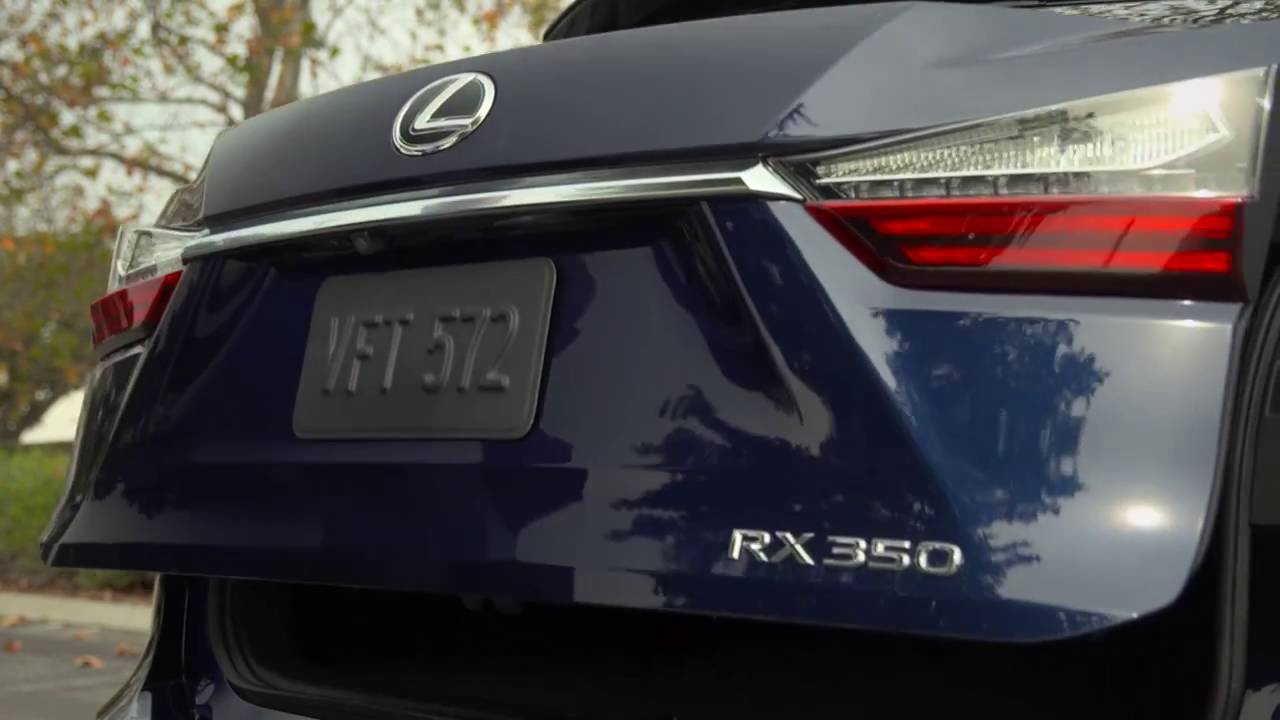
The power tailgate might stop functioning correctly due to various reasons. Power tailgates open and close automatically with the push of a button. However, these systems can experience malfunctions due to electrical issues, sensor problems, mechanical failures, or software glitches.
Checking and replacing the faulty components, such as the struts, latch, or motor, usually fixes the problem.
Power tailgate problems might reveal themselves in failure to open or close properly, intermittent operation, unusual noises during operation, or the tailgate getting stuck in a partially open or closed position. What you can do is check the vehicle's owner's manual for any specific troubleshooting steps or reset procedures related to the power tailgate.
If a reset did not resolve the issue, we recommend inspecting the tailgate area for any visible obstructions that could impede its movement. More so, ensuring that the sensors, wiring, and connections are clean and properly connected is just as crucial.
If all else fails to resolve the tailgate problem(s), your next port of call is your dealership or a qualified mechanic who will run a diagnosis to check the electrical components, sensors, or actuators. Depending on the diagnosis, repairs could range from simple adjustments to replacing faulty components.
Final Word On The 2010-2012 Lexus RX350

While the 2010-2012 Lexus RX350 is an overall reliable and luxurious SUV, like any other vehicle, it has its share of common problems. Understanding these issues and their solutions is key to maintaining your vehicle's performance and ensuring it enjoys a long lifespan.
Remember, while some of these fixes can be done by a handy vehicle owner, others are best left to professionals due to their complexity. Always prioritize safety and consult with a certified mechanic when in doubt.